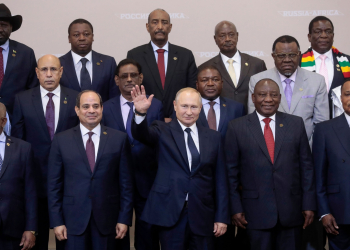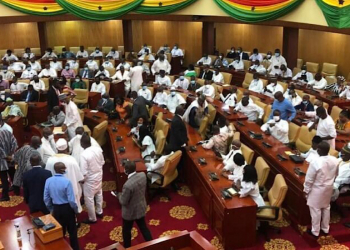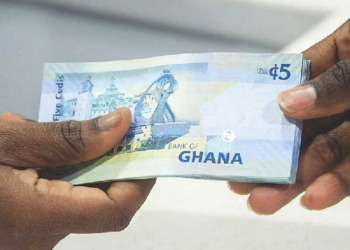Do you ever think of the heights arts can reach unhindered? It offers opportunities that have often been unimaginable. Think of the many ways you can express your thoughts through the arts. In drama, music, painting, poetry, pottery, sculpture, sketches. It could be represented in architecture, illustrations, landscaping or weaving. That is the opportunity FRTR offered budding Egyptian artists.
Mashrabia’s Invisible Presence for instance, created the platform to open sensitive discourses about the body through visual arts, without a verbal proposal. Yes, you could have your most erotic thoughts represented pictorially without a word. Be they nudity, shape, colour or form, Invisible Presence made it possible in a conservative society. Though you could not show the outcome of your thoughts on the walls in your home if it was nude, it would have been expressed anyway.
But these thoughts can only come alive when a creative mind puts more thought into it and begins to construct that reality that first exists in proposers’ mind. What sense do you have of these creative minds? What do their designs mean to them? What is the future of the arts?
“A great artist places emphasis on the outcome of his handicraft, he invests his body, heart and mind in the imaginative works that results. An artist who places money ahead of his work isn’t a real artist; real artists work to ensure that their patrons enjoy their products, that’s our satisfaction”.
The above quote sums up Ibrahim Samir’s sense of art. Samir is a famous potter, imparting his creative skills into youth of Egypt’s Fayoum governorate. That view is widely shared among many Egyptian artists, turning natural resources, up-cycled and recycled materials into compelling images for art lovers both home and abroad. For many such creative workers, the joy of transforming waste or any material into objects of stunning beauty overrides any other consideration.
Contemporary and modern Egyptian arts spanning painting, sculpture, architecture, glassblowing, pottery, carving, weaving among others, have become the toast of both locals and foreigners. Arts shops all over Cairo and its immediate environs radiate the sense of the creative acumen in the Middle Eastern country. Artists at various levels of the social strata believe their country is yet to develop and exploit the full potential of the growing interest in the arts as well as its potential for job and wealth creation.
Some artists and curators in Egypt believe the revolution in the country’s arts space is bigger than the Arab Spring. However, there is as yet clear policy to harness the various potentials in the arts for economic transformation. They expressed these sentiments in interviews to get a sense of the arts industry in Egypt. An arts graduate whose passion to see arts taking its rightful place in the Egyptian Economy, Kamila Bassioni, isn’t giving up, even though she’s yet to derive the full benefits of her creative abilities.
“For me, creating illustrations for books is not just fulfilling, it offers me the opportunity to bring my knowledge skills to bear. It also shapes my projects for exhibitions, as they help me to think more critically about the ideas. Even though my forte isn’t illustrations for books, it has become a means of earning,” she said.
Kamila thinks that in the post Arab Spring era, Egyptian youth and the middle class have found arts as the most eloquent conduit of their thoughts and emotions. She and many budding artists who have benefitted from Mashrabia Arts Gallery’s FRTR initiative believe such creativity could make arts a leading foreign exchange earner for Egypt’s economy.
Hatem Mousa, a sculptor who also specializes in stage arts and recently worked for renowned Egyptian playwrights, Khalid Galal and Hany Affifi, believes he transmits positive energy to generations through arts. He said the emotional connection between him and his works is what drives every step in his sculpting process. Though he’s studied studio design, his touch of sculpture is simply natural.
“I believes art loses its significance once technology infiltrates it. The connection between the art pieces and the creator is replaced by desires for profit. This won’t be quality. I’d rather showcase quality handmade pieces at exhibitions than a wholesale approach to art,” he said.
Despite the emotions in his eyes as he mutters these words, he concedes that it is impossible to track every piece of sculpture from his stables. Thus, it seems the opposition to technological infusion into creative arts may yet crumble.
Another beneficiary of the FRTR enterprise, Monica Zachariah, an architect using recycled materials for rooftop gardens, envisions an Egypt with a circular economy of waste management. She insists that by segregating waste, the growing number of artists committed to recycling waste will have available a pool of raw materials to drawn on for their masterpieces.
“In all artworks under the FRTR programme, I didn’t use any new material. Everything used was recycled. If we continue that way we will keep filth out of Egypt and save money,” she said quite proudly.
Her startup, EIID, specializes in constructing eco-vaults and pergolas using recycled plastic bottles, metals and wood. Her ultimate goal is to protect the environment for future generations.
“Arts can engage. In Egypt, it is getting better, it’s getting renown through exhibitions, and redefining the misconceptions about arts as objects consigned to museums,” were the words of Afrodite Wassam. Her fascination with glass as raw material for her art pieces stems from her believe that glass allows for all kinds of manipulation to achieve her artistic objective.
She is a big dreamer, who wants to introduce glassblowing on an industrial scale to the Egyptian arts community as a contribution to job creation. She believes artists should earn their keep to expand and train others.
“I care about earnings because that’s the only way to grow what I do to achieve my dreams and make them come true. It is important to make money to achieve one’s dreams and live well, however,” the arts graduate said.
The obviously passionate artist further stressed that her dream of owning an Arts Center in Egypt, can only materialize if she gets the required capital and makes the needed returns on her investments.
But the spontaneous growth of arts in Egypt, particularly after the Arab Spring, is not without an effort, Mashrabia Arts Gallery, and others are credited with taking arts to the doorstep of arts lovers. Exhibitions, workshops, arts festivals among others have kept arts alive over the years. Next time you find a piece of art, think of how much work could have gone into it and support arts’ growth.
The writer is a journalist and an event and communications consultant.
Sign up for GhanaStar.com to receive daily email alerts of breaking news in Ghana. GhanaStar.com is your source for all Ghana News. Get the latest Ghana news, breaking news, sports, politics, entertainment and more about Ghana, Africa and beyond.




